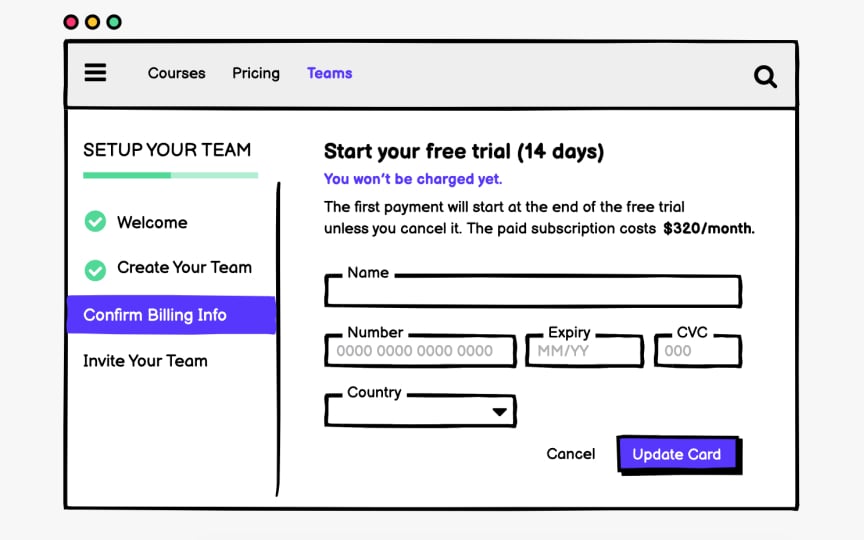Wireframing for interaction design
Interaction design (IxD) refers to the practice of designing interactive digital products and services with a focus on improving the interactive experience between users and a product.[1]
Generally, IxD relies on 5 dimensions: words, visuals (including icons, typography, images, etc.), physical objects (like computer, mouse, touchpad, etc.), time (relates to animations, videos, and sounds), and behavior.
At the wireframing stage, interactive designers don't focus on depicting graphical elements, though. Instead, they try to understand user needs and define interactions to satisfy those needs.
Digital.gov suggests considering the following questions when working on interactions, for example:



